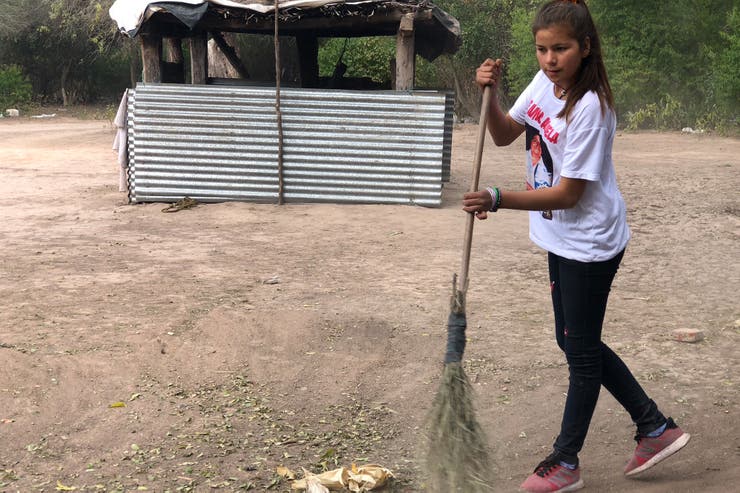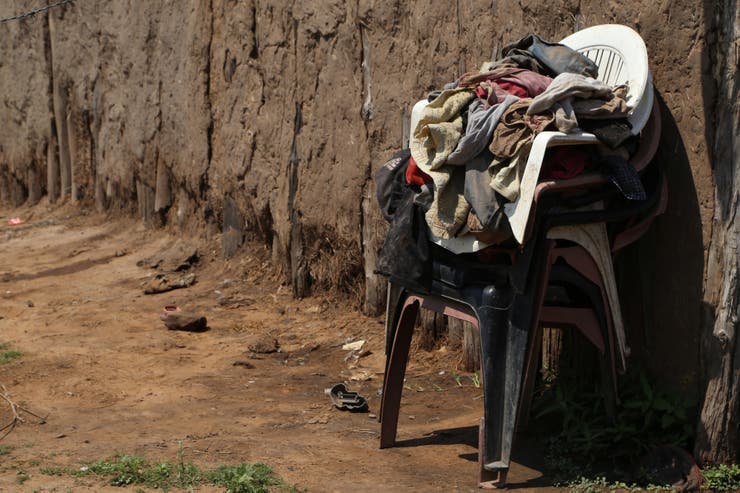According to the National Institute of Statistics and Census of Argentina (Instituto Nacional de Estadística y Censos or INDEC), 41.4% of Argentinian children and adolescents currently live in poverty. Alarmed by this measure, Fundación La Nación launched its Hambre de Futuro (“Hungry for the Future”) project.
This project explores childhood poverty in Argentina, highlighting stories of different families from the most vulnerable locations in the country. We hoped that the project would raise awareness among political leaders and civil society and put the structural problem of childhood poverty on local agendas. Our mission was to promote the protection of children’s rights by spreading their voice to help them meet their basic needs and secure their survival, protection and development.

Hungry for the future is not just about reporting on the issue of poverty in Argentina, but also to promote a type of journalism that makes a difference and motivates the audience to act and provide positive solution models that inspire new generations.
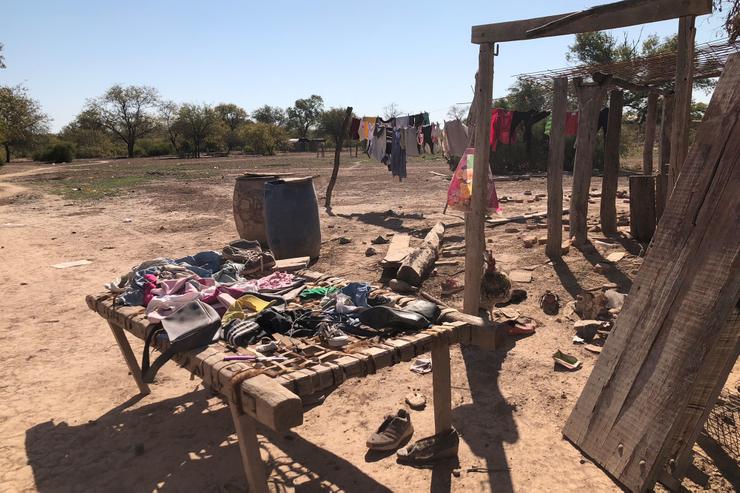
THE DATA BEHIND THE STORIES
There can be no great stories without great questions. So we asked ourselves: where are the most vulnerable areas in Argentina? To answer this question, we worked with a data set from the the Observatory of Social Debt of the UCA (Catholic University of Argentina). Our data was representative of an incredible 3,542 locations throughout the country, each with its own number of households and dimensions. We knew that the sheer volume of data would inevitably lead us to insights, but we needed to transform it and find the most important story for our reader.
The first decision we made was to select the data we were going to work with. From the original dataset, we focused our analysis on only the 100 most vulnerable cities in each geographical region of Argentina. We determined which cities are the most vulnerable by consulting their average factorial vulnerability index. We also narrowed our analysis to include three main variables: Population, Housing, and Quality of Life.

We found that our main indicator — the vulnerability index score — varied if we looked at the map by geographical region, province, or locality. We therefore found it necessary to show three maps at the same time in order to facilitate a comprehensive look at the problem. Because we wanted to help our audience explore the data, we assembled an interactive visualization that could be customized and rapidly reused. But we also wanted to ensure that our audience didn’t lose the context while they interacted with the visualisation, so we kept the region and district views static.
THE IMPORTANCE OF BRINGING DATA TO LIFE
Each data point marked in the map of Hambre de Futuro is reflective of a person’s experience of poverty. We therefore felt it was important to match the data with real-world stories, so as to emphasize and give the people behind the numbers a voice. We wanted to produce a compelling coverage to motivate the audience to act and change the people’s quality of life.
Equipped with insights from our database and visualization, the journalistic team was able to prioritize their travel plans according to the most vulnerable places. We used varied digital and mobile techniques and resources to tell the story: interactive reports, text, photos and videos that focused on the children. We even produced a 5 chapter documentary (one video for each of the five regions). This formats allowed the poor children from all over the country to share their experiences.
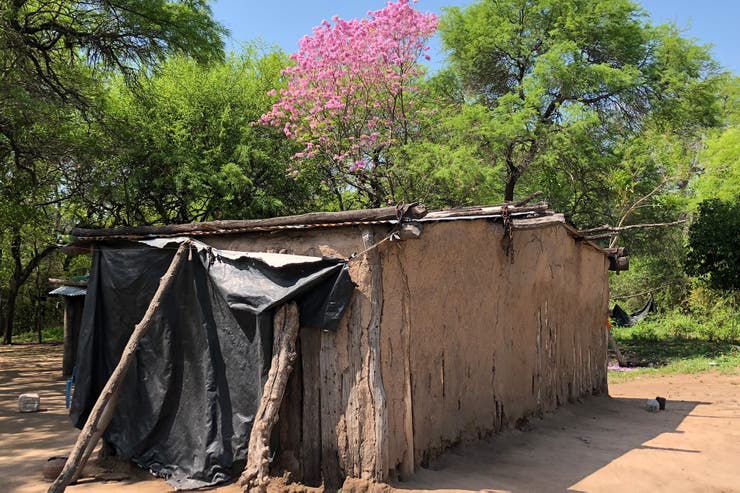
UNICEF (The United Nations Children’s Fund) provided assistance, enabling us to help with grassroots public policy proposals. Through Toyota’s “Start Your Impossible” initiative, we received vans to reach some of Argentina’s most inaccessible places. We also had the support of our strategic partner Banco Hipotecario and other other companies who provided the necessary funds to cover the costs.
Thanks to Hunger for Future different children could tell, in first person, what their day to day was like, what they dream of and what do they want to become when they grow up. And most importantly, they could show and explain what where their most urgent needs.
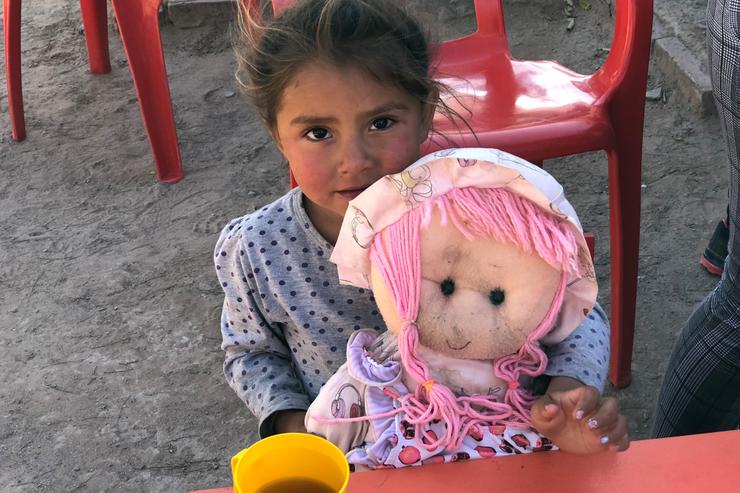
A journalistic team from LA NACION visited the five most vulnerable regions and discovered dozens of malnourished children living in misery. For example:
In Bermejo, San Juan, Bruno Marin Bustos cannot go to school when it rains because the streets are flooded.
Hernán Cumino and his sister from Manuel Choique, in Río Negro, do not have gas in their house, and the wood is not enough to get warm in winter.
Camila who lives in a house with no clean water, gas, bathroom or electricity.
A family of 18 members who live in paraje Los Tigres between bugs and dirt in a house made of plywood, corrugated metal, sheets of plastic, and cardboard boxes.
Angie who wants to be a teacher when she grows up but can’t go to school due to the distance.
Nasael who had his first warm shower at the age of 7
These are just some of the stories that were published during five months on all LA NACION platforms, from TV to digital and paper publications.
IMPACT
Throughout the notes published since July 30, we presented the problems faced by children and families in the poorest communities of the Patagonian, northwest and Pampean regions in Argentina.
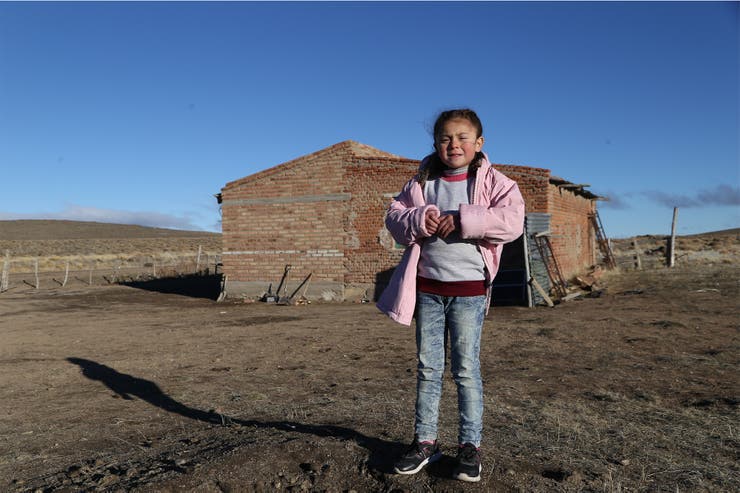
The response of the audience was immediate. After the publication of the articles we experienced an “online solidarity” phenomenon. With the help of LA NACION’s audience we could raise more than 1 million pesos to help the children and their communities. People provided beds and bicycles and some even volunteer to install the antennas and solar panels and built water cisterns.
In the case of the story we told about little Nasa, a 7 years old from Río Negro who had his first hot shower this year, in just three days, we obtained $ 70,000 to build him a bathroom. 68 people decided to get involved and make a contribution. One person was so moved that he even made an extraordinary donation of $50,000. Others offered to sponsor Nasa in their studies because they wanted to be part of their future.
In Patagonia, we also told the story of Angie Cheuquellán from the Laguna Blanca area. She is a little girl who wants to be a teacher when she grows up, but she has difficulty getting to school because of distance problems: she lives 20 kilometers away from school and the roads are impossible. Many people were moved by her reality and donated school supplies to the school and helped her family with the building of a house in the village.
Another case was about Camila Romero, she lives in the middle of the mountain, in one of the most vulnerable areas of Santiago del Estero, the province with the greatest child poverty in the country. She is 13 years old and her dream is to become a veterinarian. The impact of the precarious situation of the Piruaj Bajo community was extraordinary and the audience extended their help to other neighbor families in need, in addition to the Romeros.
In a week, $ 50,000 were collected for Camila’s bathroom. “The repercussions were impressive, I am asking for help with the calls because I cannot keep up,” explains Camila’s Jesuit brother Rodrigo Castells, who works in the church of San José de Boquerón. And he adds: “There are many people willing and eager to collaborate”.
A married couple from Argentina living in Australia even gathered a group of argentine friends to provide solutions for the communities communication and bought radio antennas. David, an Argentine who lives in Puerto Rico, also gathered his argentinian friends to improve the living conditions of the families living in Santiago del Estero. We even received money from people living in United States of America.

Also there were some persons who volunteer to donate their time and knowledge. This is the case of a doctor who volunteer to go once a month to deliver medical attention and provide medicines. Another engineer offered his knowledge to plan the extraction of groundwater from wells. Others wanted to collaborate with the construction of cisterns.

Furthermore, people also bought wheelchairs, one for Camila’s great-grandmother, who is 90 years old and cannot walk, and another special one donated by the NGO Cilsa for MIlagros Montenegro, a girl with disability from the neighborhood.
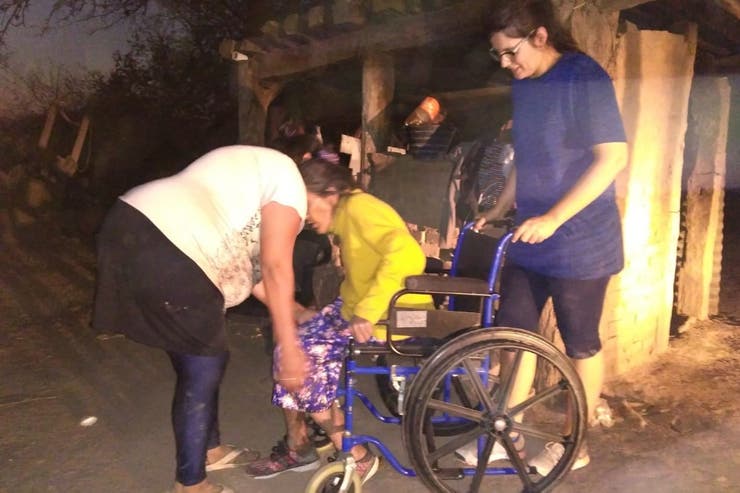
The children even travelled to Buenos Aires and visited our newspaper. They even had the opportunity to talk about their necessities and dreams on our national TV show, LN+. NGO’s also provided a tour to get to know the city and gave them the chance to visit their favorite football team stadium.
